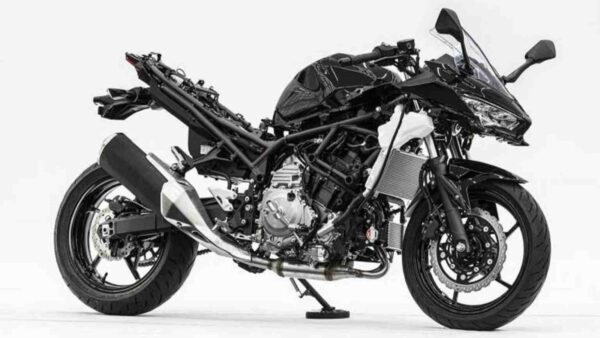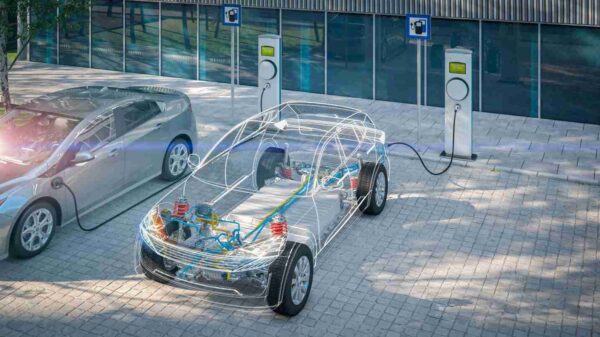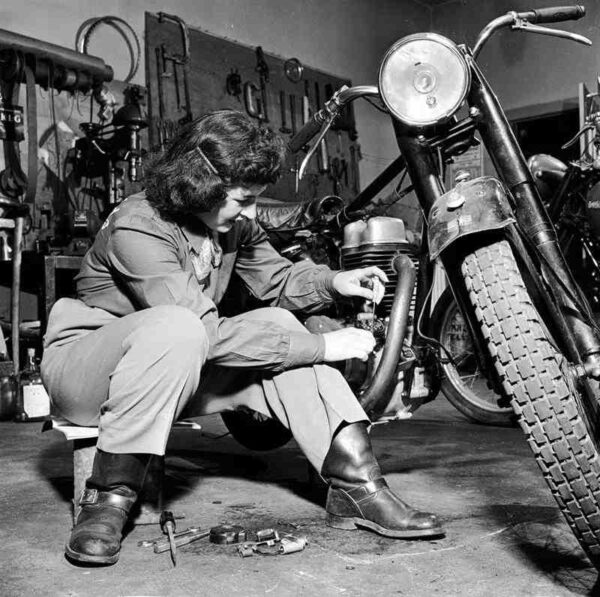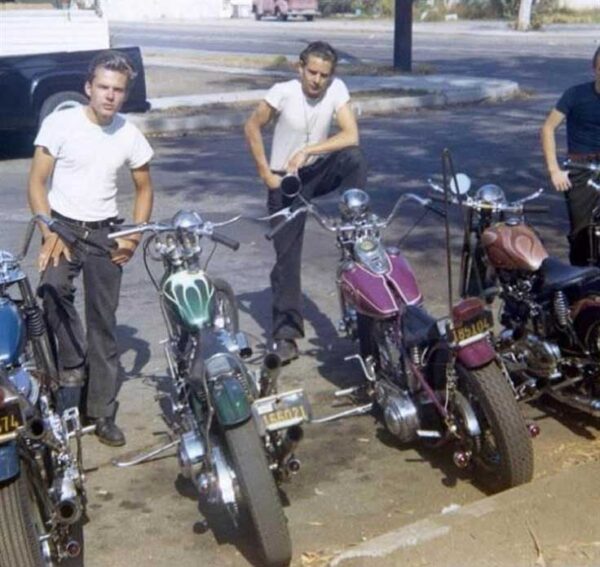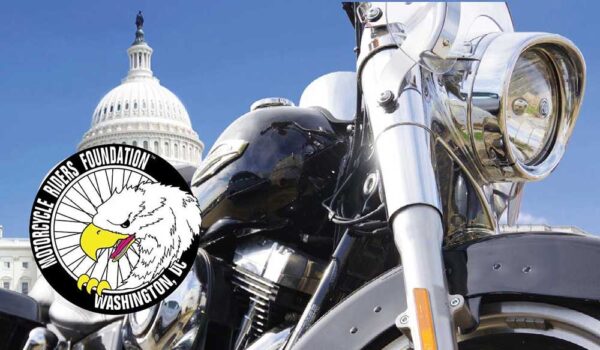Discovery of huge fuel-can stash reveals 500 rare artifacts
from https://www.hagerty.com by Charlotte Vowden A shedload of surprises: Discovery of huge fuel-can stash reveals 500 rare artifacts Editor’s note: In the interests of preserving the authentic whiff of petrol that pervades this remarkable story from our U.K. colleagues, we have made only slight concessions to an American lexicon. All quotations remain untouched. Alan Pooley’s pursuit of petroliana was purely sentimental, but the collection of more than 500 automotive artifacts that he amassed during three decades of buying for love not money is so remarkable that it could fetch up to £65,000 (roughly $88,600) at auction. Including over 250 oil cans, 60 two-gallon fuel canisters, and dozens of enamel signs, oilers, and pourers, it is set to go under the hammer later this year. “The important thing about this collection is that it is completely fresh to the market, but the exciting bit about it is that no one really knew about it,” says Tom Godsmark, an associate and vintage specialist at Cheffins auction house, the agency managing the sale. “It’s a big collection in terms of scale, but it’s the extensiveness that’s so interesting because it ranges from little items such as lapel badges, old match boxes, and advertising pencils for Rudge bicycles to a fully restored petrol pump.” Among the pieces which the late Mr. Pooley carefully stored, restored, and displayed in sheds at his home in Norfolk is a two-gallon fuel can that, to the untrained eye, stands out because of the large lightning bolt and bold lettering embossed on its side. Those in the know will recognize it as one of the few surviving examples of a limited-edition run of Shell Racing cans that were produced in the 1930s. With an estimated value of £400 to £600 (approximately $545–$818), it’s one of the rarest pieces of […]
Discovery of huge fuel-can stash reveals 500 rare artifacts Read More »


